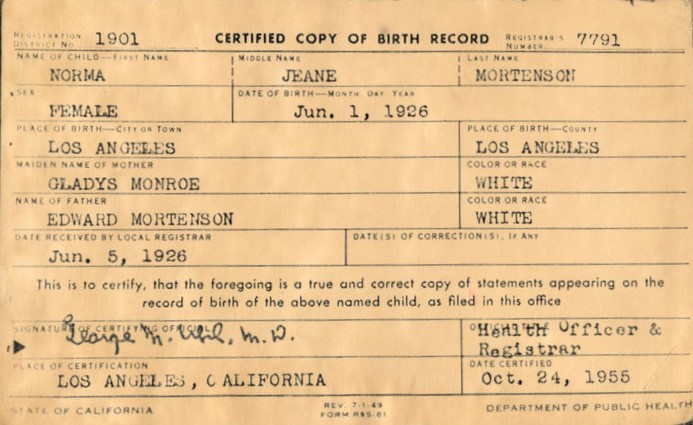
If you are serious about making sure your family history is accurate then it is important to understand how to resolve conflicting evidence.
- Recognise That a Conflict Exists
As you progress your family history research, you are likely to meet many different types of conflicting information. This could be as obvious as two separate records from which an extrapolation of year of birth would provide 2 different answers a couple of years apart. It could include a difference in spelling of name, transcription errors, order of forenames, use of a nickname, difference of location. It could also include something much more significant, such as two different potential fathers for your ancestor.
- Decide if the Conflict is Significant
Does it matter in general and does it matter with regard to your specific research question? For example, if you are searching for your ancestor’s exact date of birth, a discrepancy between the information on a death certificate and the information on a headstone will be significant. However if you are searching for your ancestor’s marriage then, provided you are certain that both the death certificate and the headstone are for your ancestor, a two or three year discrepancy in your ancestor’s date of death may be relevant in general but not necessarily be relevant to this search particularly if you already have consolidated evidence as to who your ancestor married.
- Keep Searching
If there is no absolute evidence to provide a resolution then “quarantine” the evidence and continue to search for additional evidence and alternate sources that will either confirm or refute the information you currently have.
- Analyse
Pick your evidence apart - how creditable is each of your sources? When dealing with documents, evaluate each document both separately and in conjunction with other documents. Ask questions – who provided the information on the document? Was it your ancestor? Was it a neighbour? How much knowledge about your ancestor would the informant be likely to have? Could one piece of false information have led to numerous repetitions in other documents? Consider why the information was being provided. For example, if your ancestor had applied to join the military and this military paperwork shows him to be 2 years older than all other evidence you have collected, establishing that the later date would prohibit his joining the military may have had an effect on what information he provided. Depending on your other evidence, this scenario could allow for fairly quick deduction that the information provided on the military application is false, especially if, for example, you had a birth certificate plus a baptism record. Another example could come about in the following case. A passport with photograph will provide your ancestor’s full name but a family snap may show your ancestor under a “nickname” or shortened form of their given name.
- Compare
Correlate, organise, collate, sort, re-sort, and do not be afraid to use several strategies. For more complicated conflicts try using timelines, sticky-notes, or a “For and Against” column approach. These approaches can help you identify whether you still need more information or whether you now have sufficient information to reach a conclusion.
- Record Your Findings
Include your concise reasoning (simple explanation) for reaching the conclusion you have. This can be as simple as a short notation that clarifies when a boundary changed and attaching the proof of the boundary or place name change. (A good example of this type of proof would be ordnance survey maps before and after the change). This will help in two ways: If additional evidence comes to light at a later date you will be able to quickly look at why you made the decision you did, and how you arrived at your conclusion. The additional evidence may lend weight to your argument or may refute the information you already have. It also provides a basis for other researchers to judge your conclusions.
- Look for Errors
Can you poke any holes in your own work? Try swapping records with a genealogy buddy and analyse each other’s research and analysis; Ask a genealogist to review you work – getting a few hours professional help with your genealogy is no different from calling in any other tradesperson to look at a specialised piece of work and may save hours of your time if you are not certain about the answer.
- Publish
Once you are satisfied that you can reach a conclusion, attach your research notes and publish. If you cannot resolve the conflict, place your research and evidence along with your analysis into a “quarantine file” until such time as you can satisfactorily resolve the conflict.




